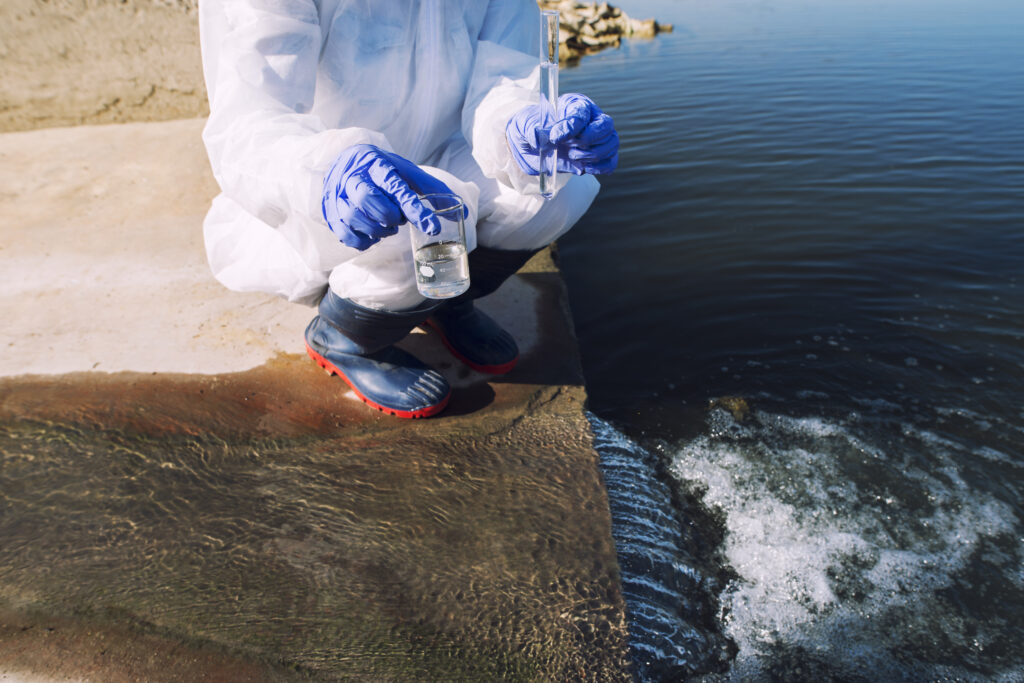
Beneath the ocean’s surface lies a critical component of offshore infrastructure—the subsea foundation. Whether supporting wind turbines, oil and gas platforms, subsea pipelines, or underwater tunnels, subsea foundations are engineered to provide long-term stability in one of the planet’s harshest environments. These unseen structures must endure powerful currents, seismic forces, shifting seabeds, and extreme pressure, all while maintaining their load-bearing integrity for decades.
This article explores the various types of subsea foundations, their design considerations, construction techniques, and the innovations that enable stability beneath the waves.
1. The Role of Subsea Foundations in Marine Infrastructure
Subsea foundations serve as the structural base for a wide array of offshore installations, including:
- Offshore wind turbines
- Oil and gas platforms (fixed and floating)
- Underwater tunnels and bridges
- Subsea pipelines and manifolds
The primary goal is to anchor structures securely to the seabed and resist environmental loads such as wave action, tidal forces, and geotechnical challenges like sediment movement or liquefaction.
2. Types of Subsea Foundations
A. Gravity-Based Foundations
These rely on their own massive weight to remain in place and are usually constructed from reinforced concrete or steel.
- Common Applications: Shallow water oil platforms, wind turbines.
- Advantages: No need for deep seabed penetration; stable on rocky or firm seabeds.
- Limitations: Require extensive seabed preparation; difficult to use in deep or soft seabeds.
B. Monopile Foundations
A large steel tube (pile) driven deep into the seabed, often used for offshore wind turbines.
- Common Applications: Wind energy structures in depths up to ~40 meters.
- Advantages: Quick installation; cost-effective for uniform seabeds.
- Challenges: Less suitable in deep waters or highly uneven terrain.
C. Jacket and Tripod Foundations
Steel lattice frameworks that are anchored to the seabed with piles, ideal for deeper waters.
- Common Applications: Oil rigs and large offshore wind farms.
- Advantages: High stability in deep and rough seas.
- Considerations: Complex fabrication and installation; higher costs.
D. Suction Caissons
Large cylindrical foundations installed using suction pressure to embed into the seabed.
- Common Applications: Floating platforms, subsea manifolds, and wind turbines.
- Advantages: Minimal noise during installation; effective in soft seabeds.
- Environmental Benefit: Less disruptive to marine ecosystems than pile-driving.
E. Anchors and Moorings (for Floating Systems)
Used in floating platforms, these include drag-embedment anchors, suction piles, and vertical load anchors.
- Common Applications: Floating wind turbines, floating production storage and offloading units (FPSOs).
- Key Consideration: Must handle complex dynamic loads and tether tensions.
3. Geotechnical and Site Assessment
A thorough understanding of the seabed is crucial before any foundation design or installation.
Key Investigations:
- Geophysical surveys: Identify rock layers, sediment types, and seabed topography.
- Geotechnical boreholes: Provide data on soil strength, density, and layering.
- Environmental assessments: Identify marine life, habitats, and sensitive areas.
These investigations guide decisions about the type of foundation, its dimensions, and the method of installation.
4. Foundation Design Considerations
Designing subsea foundations involves accounting for:
- Hydrodynamic loads: Waves, currents, and storm surges.
- Seismic activity: Especially in tectonically active regions.
- Scour and erosion: Currents can remove sediment around foundations, weakening support.
- Fatigue loading: Repeated stresses from waves and wind must be accounted for over decades.
- Installation constraints: Logistics, seabed access, and construction seasonality.
Modern foundation designs often use finite element modeling (FEM) and hydrodynamic simulations to test how structures will perform under realistic marine conditions.
5. Construction and Installation Methods
The installation of subsea foundations is a major engineering effort requiring specialized vessels, equipment, and often precise timing.
Installation Techniques:
- Pile driving: Used for monopiles and jacket structures, where steel piles are hammered into the seabed.
- Gravity deployment: For gravity-based foundations, massive units are floated to position and lowered onto the seabed.
- Suction embedding: Suction caissons are installed by creating a vacuum within the structure, pulling it into soft seabed material.
- Drilling and grouting: For rocky or hard seabeds, holes may be drilled before inserting piles and filling them with grout for stability.
Real-time monitoring, remote-controlled equipment, and dynamic positioning systems on vessels ensure precise placement and minimal environmental disruption.
6. Innovations in Subsea Foundation Engineering
A. Scour Protection Technologies
- Use of rock armor, synthetic mats, or frond systems to prevent erosion around the foundation base.
- Smart materials that adapt to sediment movement are also under development.
B. Modular and Reusable Foundations
- Designed for ease of disassembly and reuse in temporary offshore operations like exploration platforms.
C. Hybrid Foundations
- Combine monopiles with suction caissons or other techniques to optimize performance across varied seabed conditions.
D. Smart Monitoring Systems
- Embedded sensors track stress, vibration, corrosion, and movement, enabling predictive maintenance and early-warning systems.
7. Environmental and Regulatory Challenges
Subsea foundation projects must comply with stringent environmental regulations, including:
- Noise reduction (especially during pile driving) to protect marine mammals.
- Habitat preservation, including the minimization of seabed disturbance.
- Sustainable materials and practices, such as eco-concrete and low-impact anchoring.
Environmental Impact Assessments (EIAs) and stakeholder consultations are typically mandatory before approval and construction.
Conclusion: Building for the Long Haul
Subsea foundations are a fundamental part of marine infrastructure, silently supporting critical installations under some of the harshest conditions on Earth. With advances in geotechnical engineering, construction methods, and smart technologies, today’s engineers can build structures that are not only strong and stable but also more efficient, adaptable, and environmentally responsible.
As offshore energy, data transmission, and global connectivity continue to expand, the innovations in subsea foundation design will ensure we can build deeper, safer, and smarter beneath the waves.
